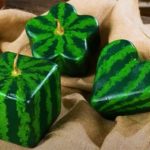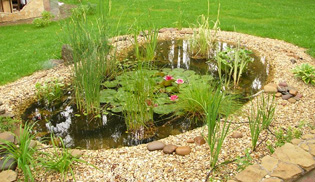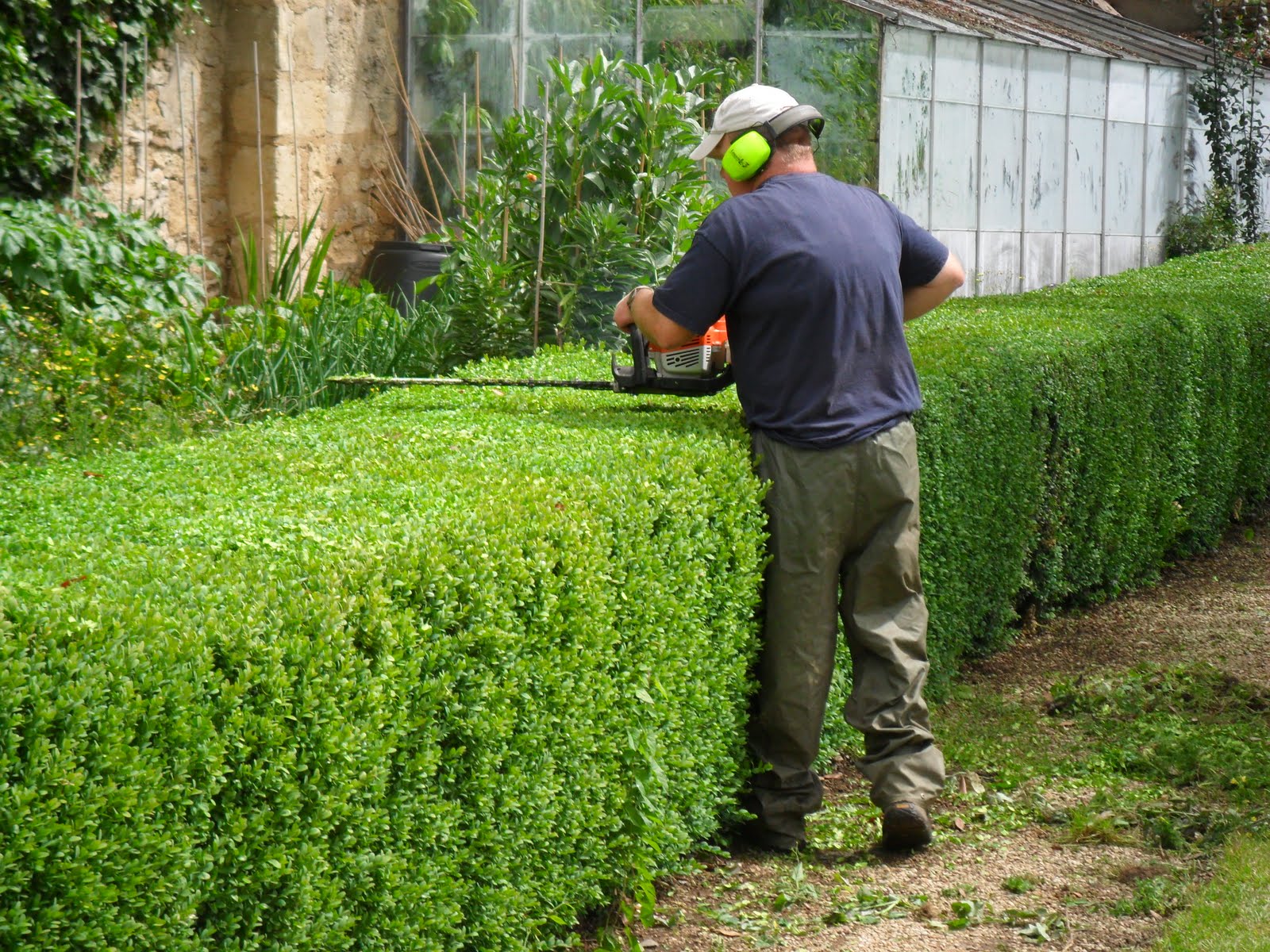 Krzyżowe
Krzyżowe
Rośliny tej wielogatunkowej rodziny odznaczają się dużą żywotnością. Należy do niej większość roślin ruderalnych. Jeśli w wyniku zabiegów hodowlanych uda się połączyć i utrwalić korzystne cechy tych roślin, to otrzymamy nowe, cenne odmiany pastewne i na zielony nawóz. Rośliny krzyżowe wymagają obfitego nawożenia azotem. Przez wytwarzanie dużej ilości zielonej masy o korzystnym stosunku węgla do azotu przyczyniają się do zatrzymania azotu w obiegu materii. Gdy w ogrodzie rośliny strączkowe już słabo rosną, przeważnie na skutek braku fosforu w glebie, można je zastąpić roślinami z rodziny krzyżowych, pod warunkiem obfitego nawiezienia gleby azotem. Rośliny te są podatne na groźną chorobę grzybową — kiłę kapusty, która atakuje korzenie, szczególnie roślin na glebach zakwaszonych. Uprawa krzyżowych nawet na glebach lekko kwaśnych wymaga starannej pielęgnacji i przestrzegania zasad zmianowania.
Gorczyca biała (Sinapis alba) bardzo szybko rośnie i nadaje się zarówno na przedplon, jak i poplon. W ogródku najszersze zastosowanie ma odmiana o żółtych nasionach. Wysiew nasion i pielęgnacja roślin nie stwarza większych kłopotów. Jeżeli wysiejemy nasiona na przełomie sierpnia i września, to do późnej jesieni wyrosną silne rośliny, których korzenie gęsto przerastają górną warstwę gleby i które obumierają po nadejściu pierwszych silnych przymrozków. W ten sposób pod koniec zimy gleba jest prawie gotowa do siewu i wystarczy wiosną tylko lekko ją spulchnić. Jeżeli wysiewamy nasiona wczesną wiosną, możemy postąpić tak, jak zaleca G. Franek (1978). Każdą wolną grządkę lub kawałek ogrodu obsiewamy rzutowo gorczycą. Dzięki szybkiemu kiełkowaniu i silnemu wzrostowi w krótkim czasie rośliny zacieniają powierzchnię gleby, co poprawia jej strukturę. Przed siewem lub sadzeniem następnych roślin można płytko zmieszać gorczycę z glebą albo wykorzystać ją do ściółkowania.
Rzodkiew oleista (Raphanus sathus) może być pożyteczna dla naszego ogrodu ze względu na bardzo silny system korzeniowy. Nie zawsze przemarza w łagodne zimy; ma duże wymagania nawozowe.
Rzepak (Brassica napus) jest również dość odporny na niską temperaturę; wiosną należy go starannie wymieszać z glebą. Niektóre gatunki roślin uprawianych na zielony nawóz można ze sobą mieszać. Bardzo cenna jest mieszanka gorczycy z wyką jarą albo grochem. Mieszanka gorczycy z rzodkwią oleistą (2/3:1/3) daje równocześnie dużą masę liści i korzeni.
Facelia (Phacelia tanacetifolia) należy do innej rodziny, mianowicie do faceliowatych (Hydro-phyllaceae). Jest to jedna z najlepszych roślin miododajnych i dlatego bardzo chętnie uprawiają ją pszczelarze. Od niedawna stosowana jest jako roślina pastewna, ale jako roślina na zielony nawóz nie zdobyła jeszcze właściwego uznania. Ma niewielkie wymagania glebowe i wodne, toteż można ją uprawiać także na glebach suchych. Wskazane jest jednak umiarkowane nawożenie. Wytwarza ona wówczas dużo zielonej masy, w związku z czym hamuje rozwój chwastów.
Facelię najlepiej uprawiać latem, np. po wczesnych ziemniakach czy grochu na zielone ziarno. Ostatni termin siewu przypada na koniec sierpnia. Nie zaleca się wysiewu nasion w terminie wiosennym, gdyż do połowy lipca facelia nie zdąży wytworzyć dużej masy. Facelię można uprawiać także w mieszankach z rzodkwią oleistą, łubinem i seradelą. Należy jeszcze podkreślić jej odporność na przymrozki jesienne (do -7°C).








